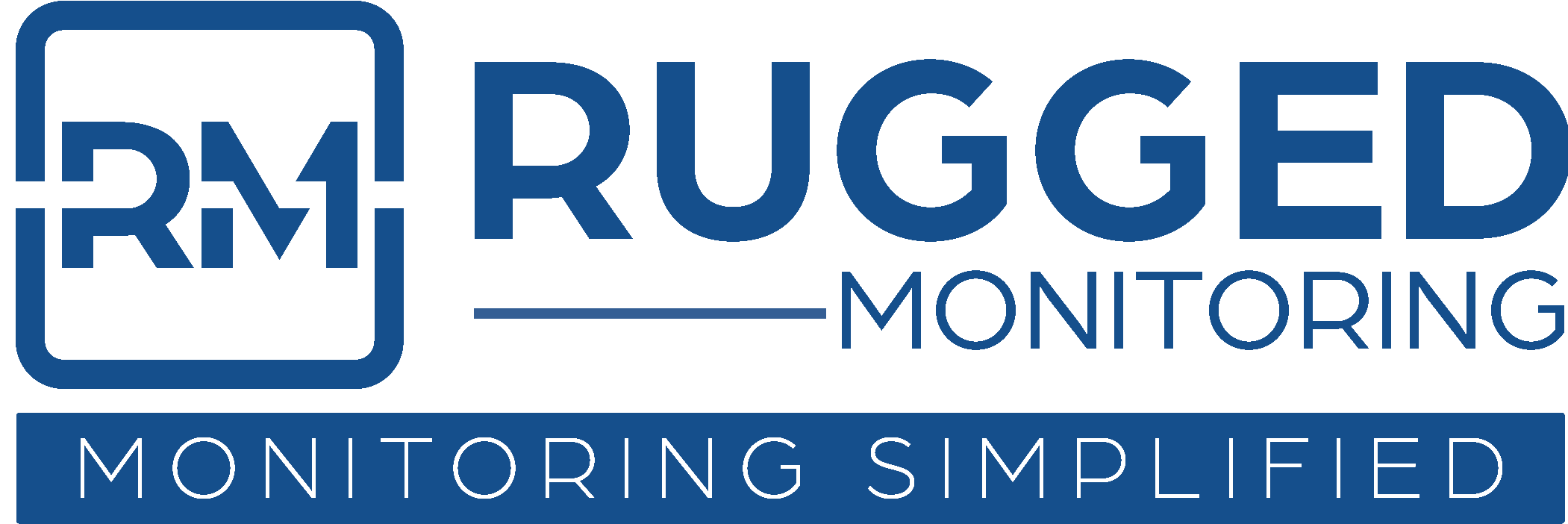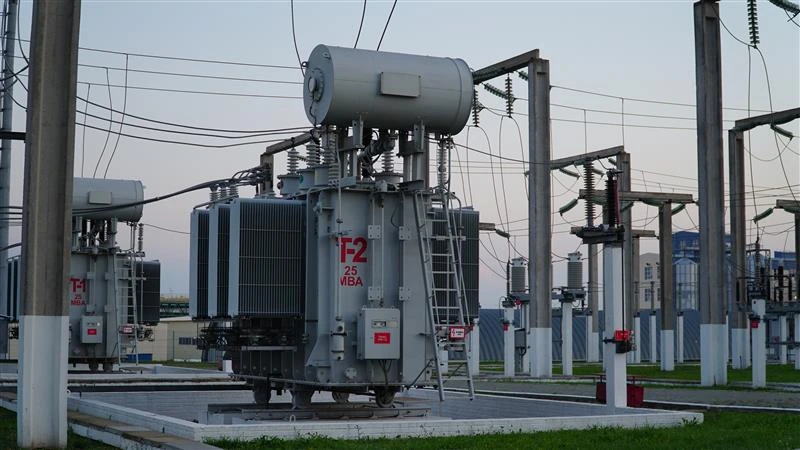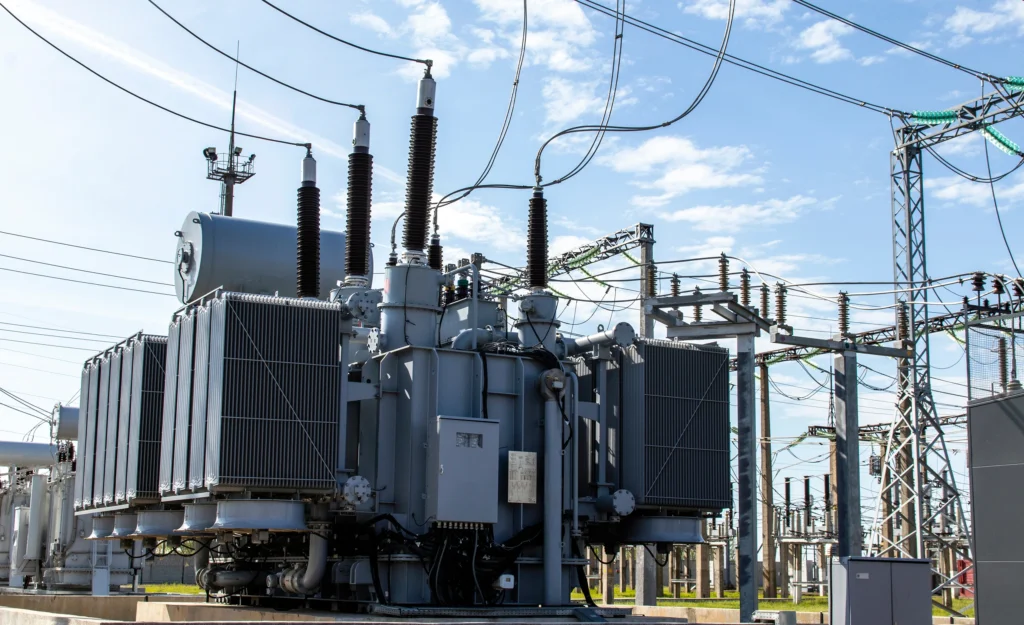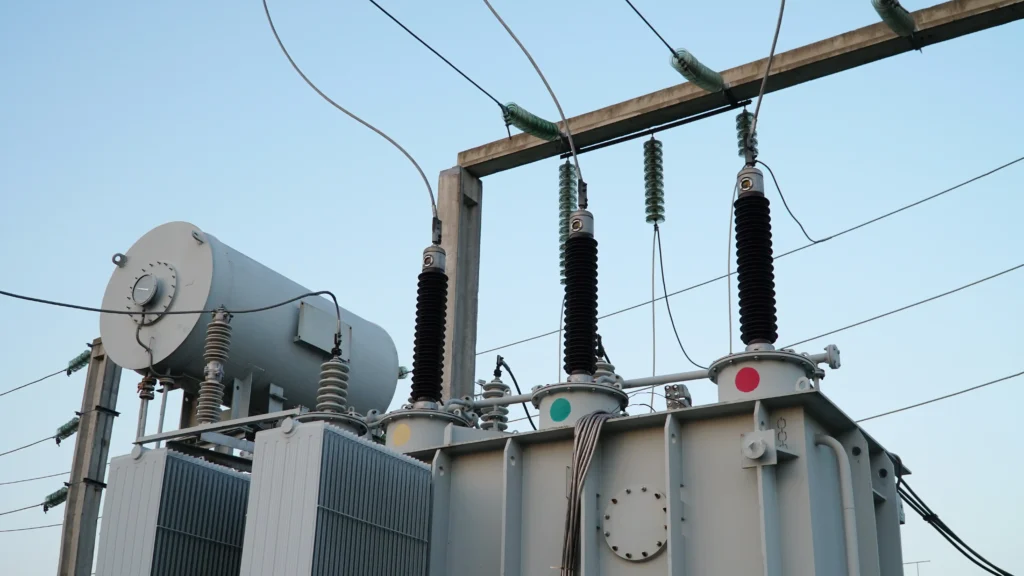Introduction: Electrical assets, integral to modern industries, require meticulous oversight to ensure their longevity and optimal performance. “Asset Performance Management” (APM) emerges as the cornerstone strategy that encompasses the methodologies, tools, and processes aimed at optimizing an electrical asset’s life cycle. This not only culminates in improved asset performance but also translates to reduced downtime, and more importantly, elongates the asset’s useful life.
Understanding Asset Performance Management (APM)
In today’s fast-paced technological realm, the importance of Asset Performance Management (APM) cannot be overstated, especially when it comes to the electrical asset monitoring software industry. As the demand for optimized electrical assets grows, understanding APM becomes paramount for a diverse audience, from students and educators to corporate entities and NGOs. This section delves deep into the intricate world of APM, shedding light on its definition, evolution, unique features, and core components.
- Definition of APM: At its core, Asset Performance Management (APM) is a “holistic approach” tailored to improve the reliability and availability of physical assets. Its primary goal? To minimize both risks and operating costs. Whether you’re a student diving into the technicalities of asset management or a career professional seeking to optimize asset performance, grasping this definition is crucial.
- The Evolution of APM: APM hasn’t always been the sophisticated strategy we recognize today. Its journey, from rudimentary practices to a technologically-driven methodology, is nothing short of fascinating. This trajectory not only showcases the advancements in the field but also provides insights for educators and content creators aiming to develop curriculum or content around it.
- APM vs. Traditional Asset Management: One might wonder, “Why APM?” What sets it apart from traditional asset management methodologies? This segment highlights the unique features and benefits of APM, making it an invaluable tool in the realm of electrical asset monitoring. For corporate entities and NGOs involved in infrastructure projects, understanding this differentiation can inform better decision-making.
- Components of APM: Asset Performance Management is not a monolithic concept; it’s a synergy of various components working in tandem. This includes predictive maintenance, which anticipates potential issues before they escalate; root cause analysis, a method of tracing back to the origin of a problem; and reliability-centered maintenance, focusing on system reliability and performance2. For students, parents, and educators alike, understanding these components can offer a comprehensive view of how APM optimizes electrical asset life cycles.
When diving into the world of electrical asset management, the understanding of APM becomes essential. Not only does it provide a roadmap for optimizing electrical asset life cycles, but it also offers insights into improving asset performance, reducing downtimes, and ultimately extending asset life. Whether you’re a student, an educator, or a professional in the field, embracing APM’s methodologies and tools can pave the way for a future where electrical assets are efficiently managed and optimized.
The Role of Electrical Asset Monitoring Software
As we stand on the brink of an electrical revolution, the optimization of electrical assets becomes crucial for industries, utilities, and institutions alike. Enter electrical asset monitoring software, a beacon of technological advancement tailored to streamline, enhance, and extend the life cycle of electrical assets. This transformative tool not only ensures improved asset performance but also drastically reduces downtime, leading to extended asset life. From students and educators exploring the technical intricacies to corporate entities and government agencies looking for robust solutions, understanding the pivotal role of this software is essential.
- Real-time Asset Health Monitoring: At the heart of any efficient electrical asset management system lies the ability to monitor assets in real-time. Electrical asset monitoring software stands out in this realm, offering instantaneous feedback on asset conditions. Imagine a scenario where an educator can demonstrate to students, in real time, the health of a transformer or a power grid. Such “live” insights not only make learning more interactive but also help professionals pre-emptively address any emerging issues, ensuring uninterrupted service and longevity.
- Predictive Analysis: The era of waiting for an asset to fail before taking action is long gone. With the power of predictive analysis, electrical asset monitoring software harnesses vast data sets to anticipate potential issues before they escalate. For content creators and community members, this means an opportunity to create educational modules that delve into the intricacies of predictive analytics in asset management. It’s a proactive approach, transforming the way assets are managed and maintained.
- Integrative Dashboards: In today’s data-driven world, information overload is a genuine concern. Electrical asset monitoring software addresses this by centralizing data, presenting it through integrative dashboards that offer a comprehensive view of asset health and performance. Such dashboards are invaluable for career professionals and education enthusiasts alike, providing a holistic perspective and enabling informed decision-making.
- Benefits to Stakeholders: The advantages of electrical asset monitoring software extend far beyond mere asset management. From utility companies ensuring consistent power supply to software developers crafting the next-gen asset management tools, the benefits are multifaceted. For educators, it’s an opportunity to introduce students to the world of “Optimizing Electrical Asset Life Cycle”. For government agencies, it’s a tool that ensures infrastructure reliability. The ripple effect of these benefits underscores the software’s significance in modern electrical asset management.
Electrical asset monitoring software, with its cutting-edge features, has carved a niche for itself in the domain of Asset Performance Management. As we navigate the complexities of the modern electrical landscape, this software emerges as a beacon, guiding professionals, educators, and stakeholders towards optimized, efficient, and sustainable electrical asset management.
Strategies to Extend Electrical Asset Life Cycle
In the complex matrix of electrical asset management, the longevity and optimal performance of assets are paramount. How then, in an era dominated by rapid technological advancements, do we ensure that these assets not only function efficiently but also have an extended life cycle? The answer lies in the strategic integration of Asset Performance Management and the latest technological tools. This section delves into the strategies that can be employed to optimize the life cycle of electrical assets, ensuring improved performance, reduced downtimes, and ultimately, a longer asset lifespan.
- Routine Maintenance Schedules: At the heart of any well-functioning electrical asset lies the principle of regular maintenance. Just as a car needs periodic servicing to run smoothly, electrical assets too require consistent check-ups to ensure their optimal functioning. The importance of such “routine maintenance schedules” cannot be stressed enough. For students and budding professionals, understanding the correlation between regular maintenance and asset longevity is foundational. By adhering to these schedules, potential issues can be identified and rectified early, thus averting major malfunctions and prolonging the asset’s life.
- Utilizing IoT Sensors: The digital age has ushered in a slew of technological tools, with IoT sensors leading the charge in the realm of electrical asset management. These sensors play a pivotal role in real-time monitoring, offering insights into the asset’s health and detecting early signs of wear and tear. For educators and content creators, this presents an opportunity to delve deep into the workings of IoT in asset management, equipping the next generation with knowledge that’s both current and practical.
- Training & Skill Development: The best tools are only as effective as the hands that wield them. In the context of electrical assets, this underscores the importance of equipping professionals with the necessary skills and knowledge to handle advanced electrical assets. Whether it’s a workshop for community members or a specialized course for career professionals, “training and skill development” ensures that assets are managed and maintained by individuals who are adept and well-informed.
- Incorporating Feedback Loops: Continuous improvement is the mantra of any successful system. By incorporating feedback loops, organizations can learn from past experiences, mistakes, and successes. For government agencies and NGOs, this means refining strategies based on real-world data and outcomes. It’s a cycle of assessment, implementation, feedback, and refinement, ensuring that the strategies employed are always the most effective.
The journey of electrical asset optimization is one of continuous learning, adaptation, and refinement. By marrying the principles of Asset Performance Management with advanced technological tools and strategies, we pave the way for electrical assets that are not only efficient but also have an extended life cycle, ensuring sustainability and efficiency for the future.
Addressing Downtime and Improving Asset Performance
The intricate dance of managing and optimizing electrical assets is punctuated by the occasional misstep—downtimes. These unplanned interruptions not only disrupt the harmony of operations but also pose significant financial and operational challenges. In the realm of electrical asset monitoring, addressing these downtimes and enhancing overall asset performance is of paramount importance. With the integration of Asset Performance Management (APM) methodologies and state-of-the-art technologies, organizations can navigate these challenges with finesse, ensuring efficient asset utilization and extended lifespans.
- Impact of Unplanned Downtimes: Every moment an electrical asset is non-operational, the repercussions echo through the operational chain. From halted production lines to disrupted power supplies, the consequences can be dire. Quantifying these impacts not only offers insights into the vulnerabilities of the system but also underscores the importance of preventive measures.
- Strategies for Minimization: Prevention is better than cure. In the context of electrical asset management, this age-old adage holds immense significance. Proactive measures, ranging from regular maintenance checks to real-time health monitoring, can drastically reduce the occurrence and impact of downtimes. For educators and content creators, this presents an opportunity to delve deep into strategic planning and preventive methodologies, equipping the next generation with the knowledge to manage assets efficiently.
- Role of APM in Performance Enhancement: Asset Performance Management isn’t just about managing assets; it’s about optimizing them. By leveraging APM tools and methodologies, organizations can ensure consistent asset optimization, resulting in improved performance and longevity. For community members and government agencies, this means reliable electrical infrastructure and efficient utility management, paving the way for sustainable growth.
- Safety Protocols: The world of electrical assets is fraught with potential hazards. Ensuring the safety of both the assets and the personnel involved in their management is paramount. From adhering to standard operating procedures to implementing advanced safety technologies, these protocols play a pivotal role in ensuring accident-free operations.
Navigating the challenges of electrical asset management requires a blend of strategic planning, technological integration, and a deep understanding of Asset Performance Management. By addressing downtimes proactively and focusing on consistent performance enhancement, organizations can ensure not only the longevity of their assets but also operational efficiency and financial savings.
ROI of Investing in APM for Electrical Assets
In an era where every investment is scrutinized for its potential returns, the decision to invest in Asset Performance Management (APM) for electrical assets must be underpinned by tangible benefits. For stakeholders ranging from utility companies to educational institutions, understanding the Return on Investment (ROI) derived from APM is crucial. Does it merely extend the life of an asset, or does it offer more holistic returns? Let’s delve into the quantifiable and intangible benefits of investing in APM for electrical assets.
- Quantifiable Benefits of APM: The essence of any investment lies in its tangible returns. APM, with its focus on “Optimizing Electrical Asset Life Cycle”, offers myriad quantifiable benefits. From extended asset life, which translates to deferred replacement costs, to reduced downtimes leading to consistent operational efficiency, the monetary benefits are substantial. For students and professionals alike, understanding these metrics is pivotal, offering insights into the direct financial advantages of APM.
- Case Studies: Theoretical benefits, while insightful, gain credibility when supplemented with real-world examples. Several organizations, from utility giants to manufacturing industries, have reaped the rewards of APM implementation. These case studies not only showcase success stories but also offer a roadmap for potential pitfalls and best practices. For educators and content creators, these case studies are invaluable, providing real-world context to theoretical knowledge.
- Cost Savings: One of the primary drivers for APM adoption is the potential for significant cost savings. By optimizing the electrical asset life cycle, organizations can reduce operational costs, from maintenance to energy consumption. Moreover, by proactively addressing potential issues, replacement costs can be deferred, leading to substantial savings. For government agencies and NGOs, this translates to efficient budget utilization and sustainable infrastructure development.
- Intangible Benefits: Beyond the quantifiable, APM offers a slew of intangible benefits. From enhanced brand reputation due to consistent service delivery to improved stakeholder trust owing to transparent asset management practices, these benefits, while not directly quantifiable, have a profound impact on an organization’s stature and credibility. For community members and corporate entities, understanding these nuances can inform strategic decisions and stakeholder communications.
The decision to invest in Asset Performance Management for electrical assets is not merely a technical one; it’s a strategic move with profound financial implications. By understanding the ROI, both tangible and intangible, stakeholders can make informed decisions, ensuring optimized electrical asset management and sustainable growth.
Future of Electrical Asset Management
The trajectory of electrical asset management is rapidly ascending towards a future that’s both technologically advanced and sustainably driven. As the global landscape evolves, electrical asset monitoring software, underpinned by Asset Performance Management (APM), is poised to redefine the paradigms of asset optimization. With technological breakthroughs on the horizon and sustainability taking center stage, the next phase of electrical asset management promises to be transformative. Let’s delve into the contours of this promising future.
- Integration of AI and Machine Learning: The digital revolution is ushering in an era where AI and Machine Learning are no longer buzzwords but integral components of electrical asset management. These advanced technologies promise to elevate APM to unprecedented heights. Predictive maintenance, real-time analytics, and automated decision-making processes are just the tip of the iceberg. For students and educators, this signifies a paradigm shift, emphasizing the importance of integrating technology and “Optimizing Electrical Asset Life Cycle” in their curricula.
- Sustainability and Green Initiatives: In a world grappling with environmental concerns, the role of APM in promoting sustainable practices is paramount. By optimizing electrical assets, energy consumption can be reduced, carbon footprints minimized, and eco-friendly initiatives promoted. For NGOs and government agencies, this highlights the role of electrical asset management in crafting a greener, more sustainable future.
- Challenges & Opportunities: While the future of electrical asset management is promising, it’s not devoid of challenges. From cybersecurity concerns to the rapid pace of technological advancements, there are roadblocks to navigate. However, with challenges come opportunities. Breakthroughs in technology, innovative solutions to longstanding issues, and the potential for global collaborations promise a future that’s both exciting and transformative.
- Staying Ahead with Continuous Learning: The dynamic nature of electrical asset management mandates continuous learning. As technologies evolve and best practices change, professionals, students, and educators must stay abreast of the latest developments. Workshops, online courses, and hands-on training sessions are vital in ensuring that individuals and organizations remain at the forefront of this ever-evolving field.
The horizon of electrical asset management is radiant with potential. By harmoniously blending technology, sustainability, and proactive strategies, the future promises enhanced asset performance, reduced downtimes, and extended asset life cycles. For all stakeholders, from students to corporate entities, this future beckons with opportunities, challenges, and the promise of a brighter, more efficient tomorrow.
Conclusion
In a rapidly evolving technological landscape, optimizing the life cycle of electrical assets is no longer a luxury but a necessity. Asset Performance Management, with its data-driven approach and innovative methodologies, stands out as the most effective strategy to achieve this optimization. By embracing APM and integrating it with the latest technologies, industries can ensure not only the longevity of their assets but also significant financial savings, reduced downtimes, and a sustainable future.



